Introduction
In the realm of home automation, the power of push button switches is often overlooked. These simple yet effective devices serve as the backbone of many smart home systems, providing manual control over a wide range of functions. From lighting and heating to activating pre-set scenes, push button switches are integral to creating a seamless and user-friendly smart home experience. This article delves into the role of push button switches in home automation, their types, benefits, installation process, and how to choose the right ones for your home. We will also explore some successful implementations and future trends in this exciting field.
Understanding Home Automation
Home automation is a system that uses smart devices to automate and control household functions, often through mobile apps and voice commands. It offers four key benefits: convenience, security, entertainment, and energy efficiency. A smart home can help save time and money, providing a more comfortable and secure living environment. Devices like smart speakers, light bulbs, plugs, and thermostats play a crucial role in home automation, allowing for easy control and scheduling of various home functions.
The Role of Push Button Switches in Home Automation
Push button switches play a crucial role in home automation, serving as the primary manual control method. They are integrated directly into the smart home system, often wired to the home field BUS. These switches are used for various functions, including controlling lighting, shading, power outlets, and heating. Additionally, they are used to activate pre-set scenes for convenience. The placement and configuration of these switches significantly impact the user experience in a smart home.
Types of Push Button Switches
Push button switches can be classified as normally open (NO) or normally closed (NC). Normally open switches complete the circuit when actuated, while normally closed switches break the circuit when actuated. They can be single pole, single throw (SPST), single pole, double throw (SPDT), double pole, single throw (DPST), or double pole, double throw (DPDT). For instance, an SPST might be used to turn a motor on and off, while an SPDT can control two different circuits, potentially flipping between the powering of two separate LEDs.
Benefits of Using Push Button Switches
Push button switches, due to their compact size, are ideal for use in small appliances and consoles where space is limited. They are easy to operate, requiring just a simple touch. The risk of accidental activation or deactivation of devices is also reduced, as a manual push is needed, and an accidental bump is usually insufficient to operate the device. Push button switches offer a reliable, versatile, and user-friendly solution for a wide range of applications, from consumer electronics to heavy-duty industrial equipment.
How to Install Push Button Switches
Installing push button switches is a straightforward process. For a 2-wire push button switch, connect the switch’s positive pole to one pin of the push button, then connect them from the other pin. For a 4-pin switch, identify the function of each pin, two are for the switch contacts, and two are for the LED light. For a 5-pin switch, the pins are divided into NC normally closed pin, NO normally open pin, C public pin and two lamp pins. The wiring methods vary depending on the type of switch and its application.
Choosing the Right Push Button Switches for Your Home
Choosing the right push button switches for your smart home is crucial. Multifunction/design push-buttons are almost as popular as traditional ones. Scene control is a popular use case, allowing users to control multiple devices with a single button. It's important to decide on the configuration and placement of push buttons at the project's beginning to avoid changes later. Also, inquire if your integrator includes reprogramming of push buttons in the initial price.
Case Studies: Successful Implementations of Push Button Switches
There have been successful implementations of push button switches in home automation. They simplify tasks by allowing users to control devices without complex setups or voice controls. For instance, a user has integrated a push button switch in their home office. The switch alerts the user when the temperature or humidity exceeds a certain level, helping to balance the home's single-zone A/C. The user also uses the buttons on the switch to activate an overhead fan and to remotely operate a garage door via a cloud connection. This case study demonstrates the practicality and convenience of push button switches in home automation.
Future Trends in Home Automation with Push Button Switches
The future of home automation is increasingly intertwined with innovative switches. Touch-sensitive switches, smart switches, and gesture control switches are revolutionizing device interaction. Smart switches, in particular, are leading the home automation revolution, allowing users to control various aspects of their home with just a few taps on their smartphones. The global smart home automation market is expected to reach $175 billion by 2025, with switches playing a significant role in this growth. As technology continues to advance, we can expect further innovations in this space, enriching our lives and simplifying device control.
Conclusion
Push button switches have revolutionized home automation, offering a simple, reliable, and user-friendly solution for controlling various household functions. Successful implementations highlight the practicality and convenience of these devices. Looking ahead, the integration of touch-sensitive switches, smart switches, and gesture control switches is set to further transform home automation. As the global smart home automation market continues to grow, expected to reach $175 billion by 2025, the role of switches will undoubtedly become even more significant. The future of home automation is bright, and push button switches are at the heart of this exciting evolution.

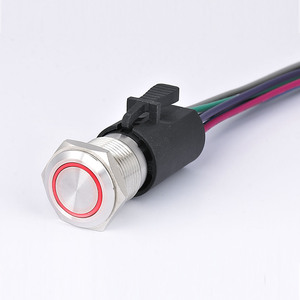


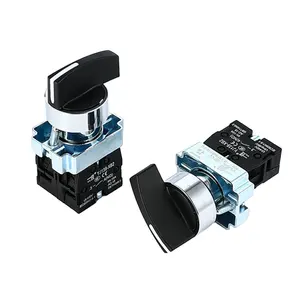

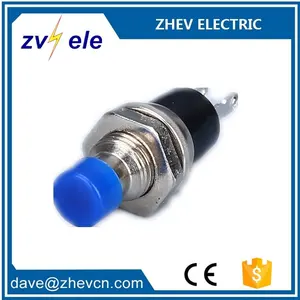



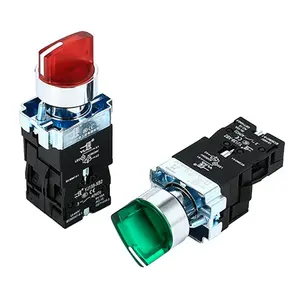




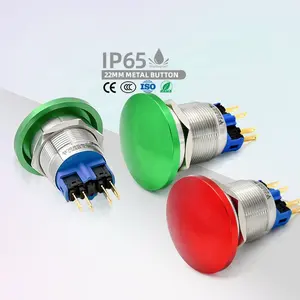
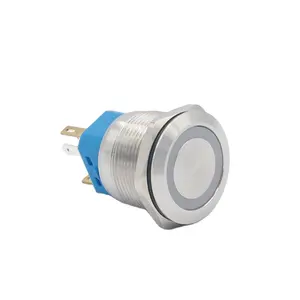

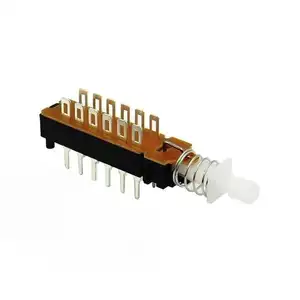






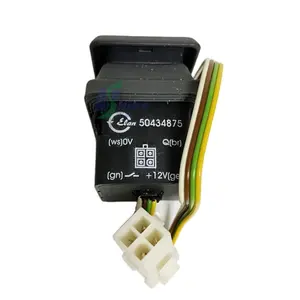




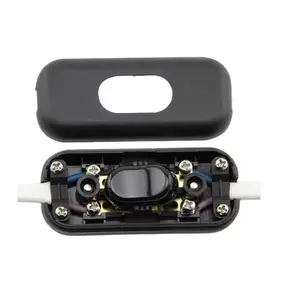








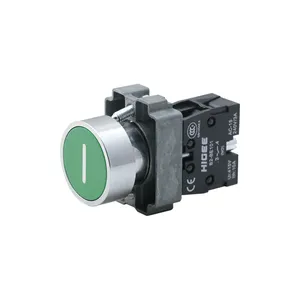
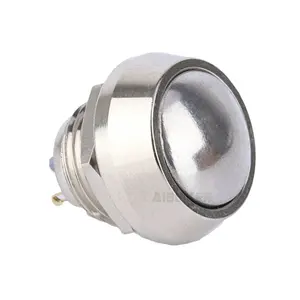
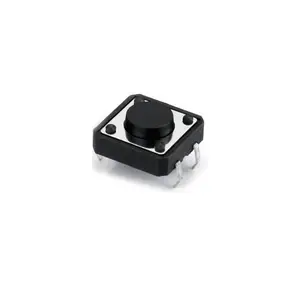
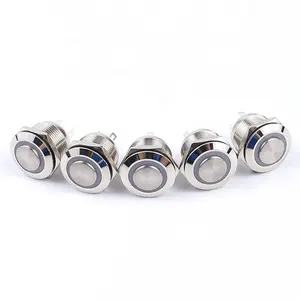
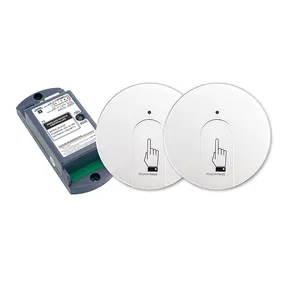

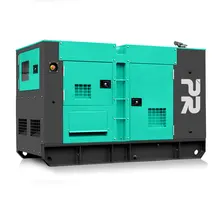

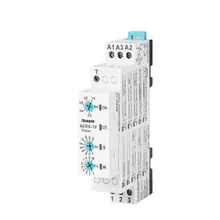



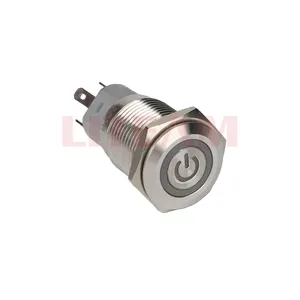





















 浙公网安备 33010002000092号
浙公网安备 33010002000092号 浙B2-20120091-4
浙B2-20120091-4